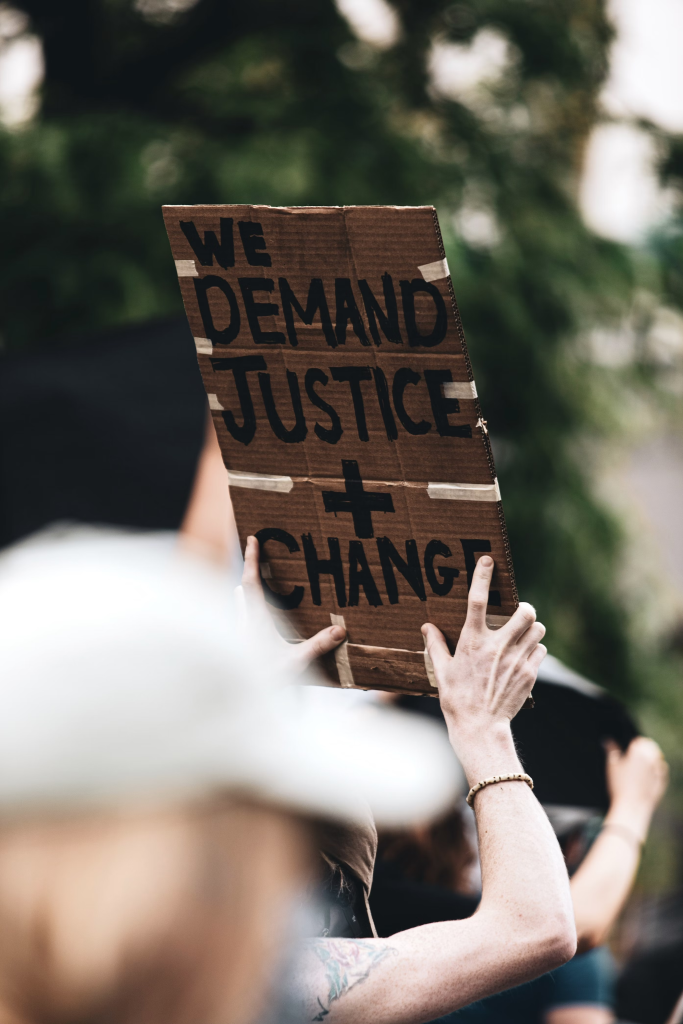
Can a click and a social media post shape history? Can we unite online to advocate for justice? Social media’s potential for advocacy is often underestimated. Beyond mere photo sharing, its voice can hold significant power in driving social and political change.
Examining the impact of social media during the Arab Spring highlights the profound influence online platforms can have on societal transformation. The Arab Spring movement emerged as a series of pro-democracy uprisings across the Middle East and North Africa, beginning in late 2010. Fueled by economic hardship and discontentment with authoritarian rule, millions gathered to protest political reform and advocate for the end to corruption (Bruns et al., 2013).
Social media played a pivotal role in mobilizing and coordinating these movements. Individuals were able to disseminate information and coordinate protests rapidly through platforms such as Facebook, Twitter, and Instagram. Arab Spring brought about significant political changes and marked a pivotal moment in the region’s history (Bruns et al., 2013). This movement exemplified the capacity of ordinary citizens to advocate for change while also showcasing how social media can help expedite the process.
So, what makes social media so powerful? It’s the rapid dissemination of information. It’s the sense of community it fosters. It’s the easy accessibility of platforms to a diverse array of individuals. Social media remains a vital tool in social justice movements that should continue to be utilized in the future.
References: Bruns, A., Highfield, T., & Burgess, J. (2013). The Arab Spring and Social Media Audiences: English and Arabic Twitter Users and Their Networks. American Behavioral Scientist, 57(7), 871-898. https://doi-org.libraryproxy.quinnipiac.edu/10.1177/0002764213479374

Leave a comment